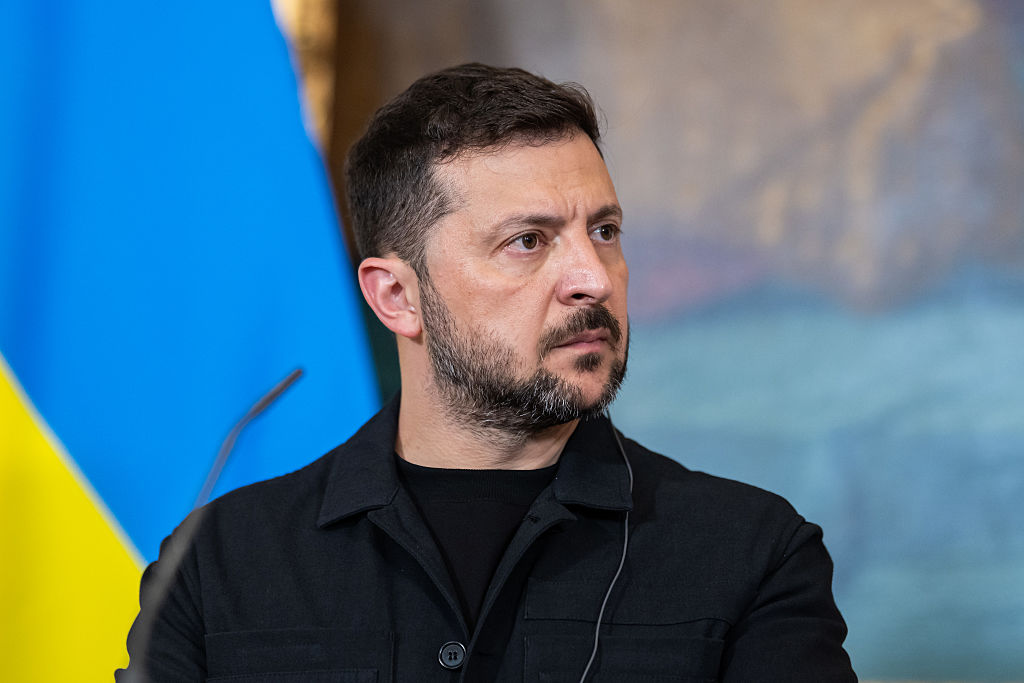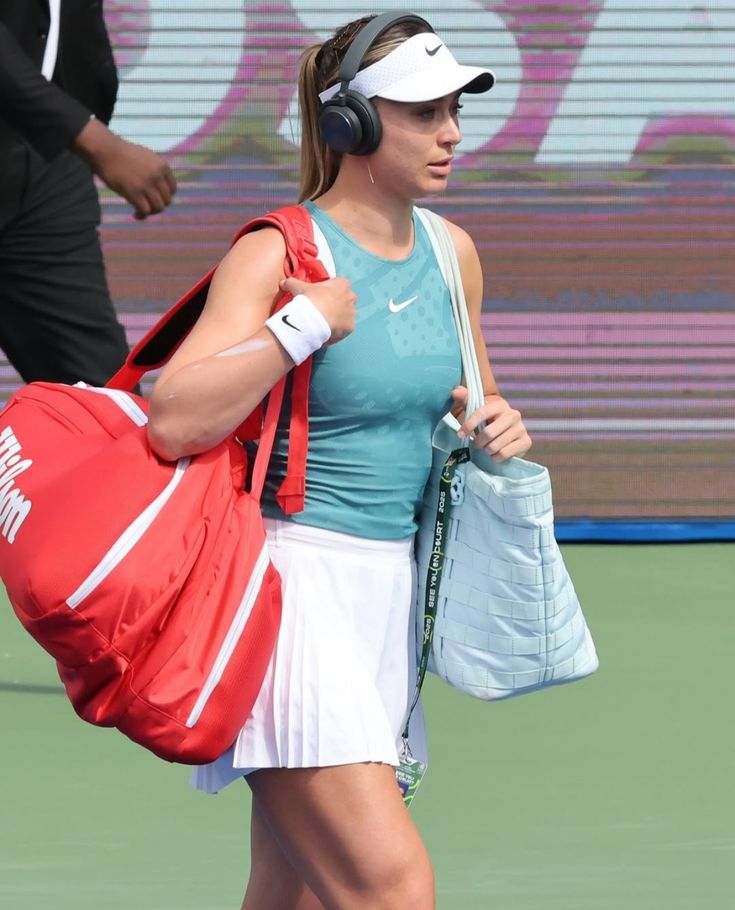In the early hours of Wednesday, the skies over Ukraine lit up with fire. Russia launched one of its largest air assaults in months sending more than 500 drones and dozens of missiles across the country. Explosions echoed from Kyiv to Lviv as firefighters battled blazes at power stations, storage depots, and railway hubs.
By morning, President Volodymyr Zelenskiy had a message for Ukraine’s allies: the strikes prove that Russia is not slowing down and that the West’s pressure campaign is still falling short.
The Attack: A Nationwide Strike
Ukraine’s air force said it intercepted most of the barrage, downing 430 drones and 21 of 24 missiles. But even those that got through were enough to wreak havoc.
- In central Kirovohrad, four railway workers were hospitalized after a strike on the key hub of Znamianka, which also damaged 28 houses.
- In Chernihiv, the assault knocked out power to 30,000 people, cutting electricity to hospitals and water systems.
- In Khmelnytskyi, fires ripped through storage facilities, while public transport ground to a halt.
- In Ivano-Frankivsk, emergency crews fought flames engulfing nearly 10,000 square meters of warehouses.
For commuters, the strikes meant rail delays of up to seven hours. For many families, it meant another night in basements and bomb shelters, waiting for the all-clear.
Zelenskiy quickly linked the strikes to a broader message: that the international community must tighten the screws on Russia’s war economy.
“These are demonstrative Russian strikes,” he wrote on Telegram. “It is only due to the lack of sufficient pressure that this aggression continues.”
The Ukrainian president is now on a whirlwind diplomatic tour, first meeting leaders from Nordic and Baltic countries in Denmark, then traveling to France for talks with EU and U.S. partners. The agenda: stronger sanctions, security guarantees, and fresh commitments to Ukraine’s defence.
The timing of the assault is notable. In Beijing, Vladimir Putin appeared at a military parade alongside China’s Xi Jinping, who warned that the world faced a choice “between peace and war.” Meanwhile in Paris, NATO chief Mark Rutte said he expects clarity “soon” on what kind of long-term security guarantees Ukraine will receive.
The United States under President Donald Trump has signalled support for a European-led peacekeeping effort but made clear it will not send American troops into Ukraine. Moscow, for its part, has rejected any talk of Western peacekeepers, calling it a provocation.
After three and a half years of war, Ukraine is adapting to a grim reality: Russia still has the capacity to launch mass, nationwide strikes. The scale of Wednesday’s attack was not just military it was psychological, designed to show Ukrainians that nowhere is safe.
Zelenskiy’s challenge now is convincing weary allies that more pressure is the only way forward before Russia escalates even further.


